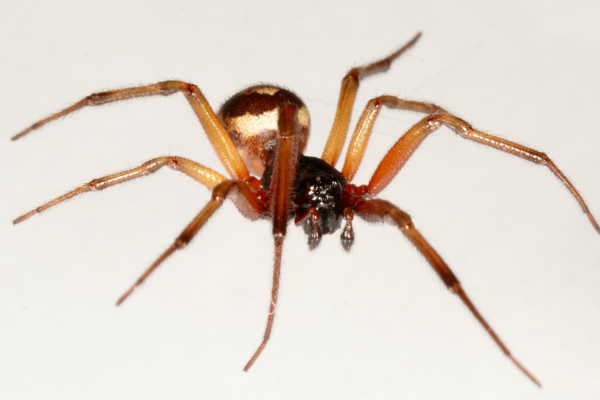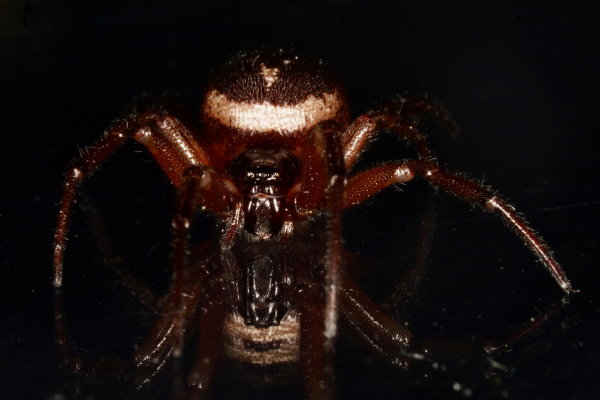
A potentially dangerous spider never before confirmed in New Zealand has made its first official appearance in Porirua. The noble false widow spider (Steatoda nobilis), one of the world’s most invasive arachnids, was identified after a Porirua resident uploaded a photo to the citizen science platform iNaturalist in November 2024.
Gavin Picknell, who spotted the spider locally, unknowingly triggered a chain of scientific scrutiny. Researchers reviewed his observation and found earlier images suggesting the species may have been present in the area as far back as April 2023. The discovery prompted a formal investigation led by Professor Steven Trewick, an evolutionary ecologist at Te Kunenga ki Pūrehuroa Massey University.
Professor Trewick’s team confirmed the spider’s identity using genetic analysis and physical comparisons, linking it to global records. This confirmation marked the first verified presence of S. nobilis in Aotearoa New Zealand.
Although it resembles the infamous black widow, the noble false widow is generally considered less dangerous. Still, its venom contains similar neurotoxins and poses a real health risk. While not aggressive, the spider may bite if provoked. Most bites result in mild symptoms like swelling, redness and pain, but some have been linked to more severe effects—tissue necrosis, nausea, low blood pressure, impaired movement, and in some cases, infections resistant to antibiotics.

“Although considered less dangerous than black widows, the venom of Steatoda nobilis contains similar toxins,” said Professor Trewick. “What’s particularly concerning is its association with antibiotic-resistant bacteria, making infections from bites more difficult to treat.”
Since the Porirua discovery, sightings have been confirmed in Christchurch, Nelson, Northland, and Waikato, indicating that the species is spreading. It thrives in urban environments, especially around gardens, fence lines, and outdoor furniture. Males are often seen wandering at night on walls and pathways.
Originally from the Canary Islands and Madeira, S. nobilis has colonised parts of Europe, North and South America, and now New Zealand. A 2019 ecological model correctly predicted the spider could survive in parts of the country—forecasting that is now proving accurate.
Professor Trewick said the arrival of this spider in Porirua is a reflection of wider global trends. “This is part of a broader pattern of biodiversity loss and environmental disruption. Invasive species like this one are signs of how globalisation and climate shifts are reshaping our ecosystems.”
Residents are encouraged to report any suspected sightings through iNaturalist NZ to help scientists track the spider’s spread.



















































